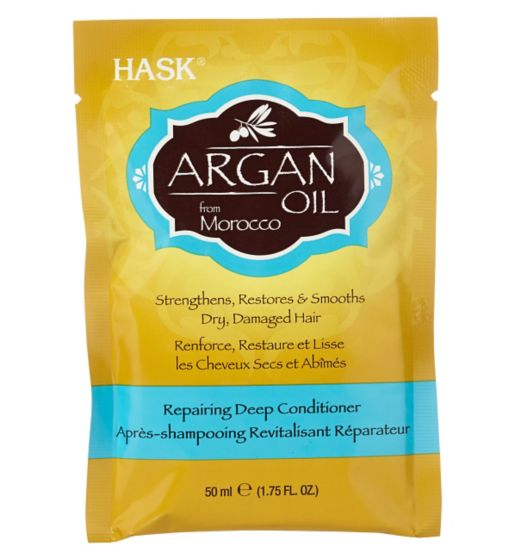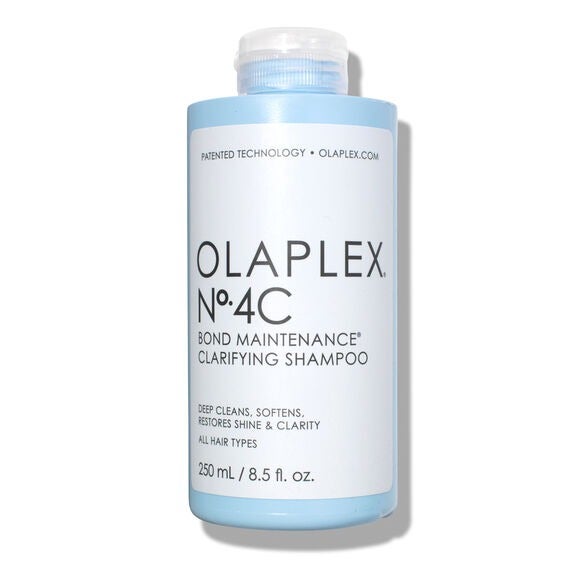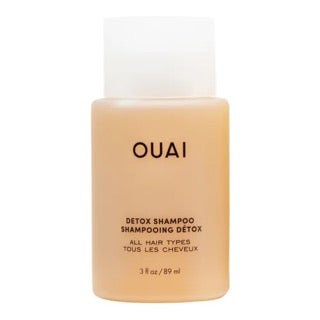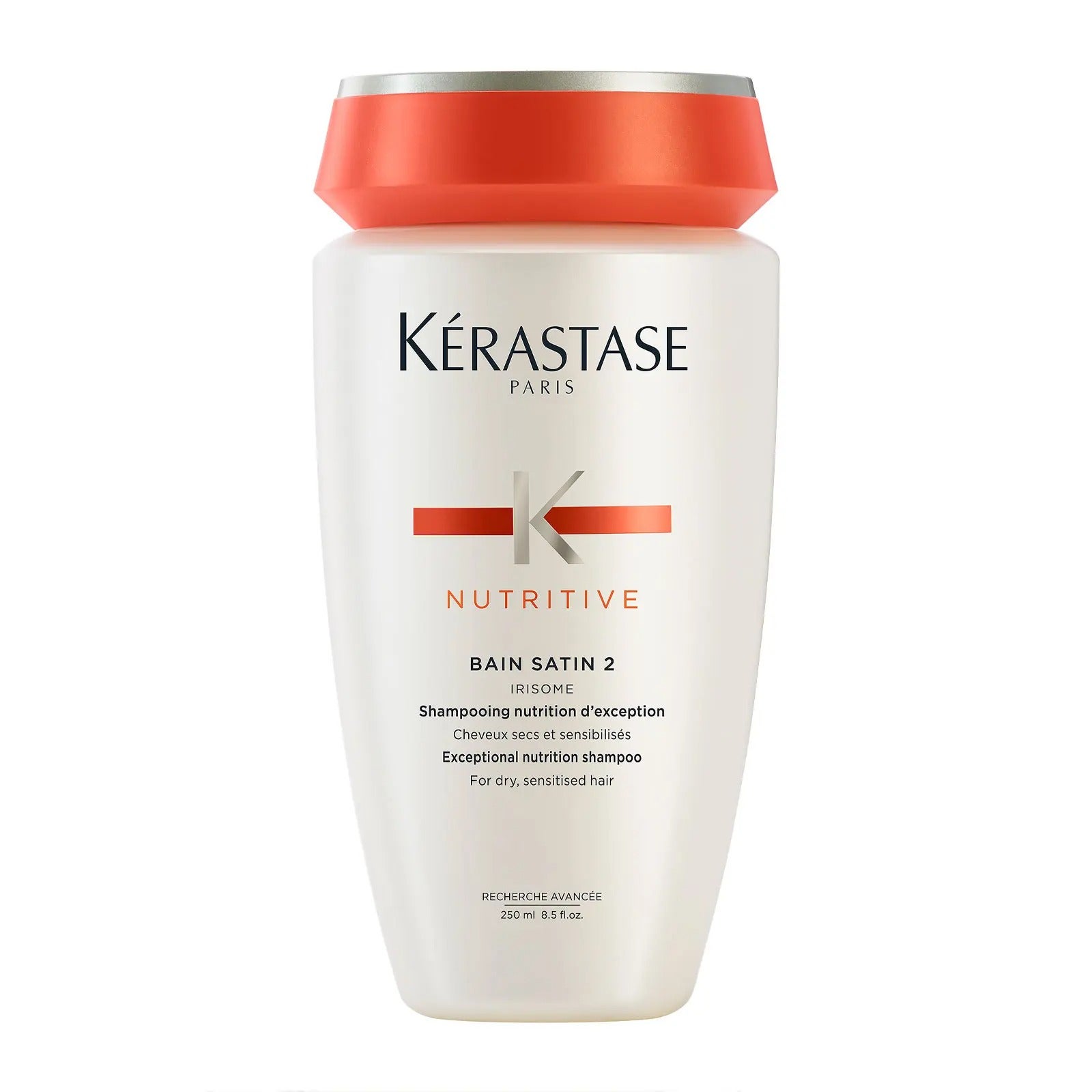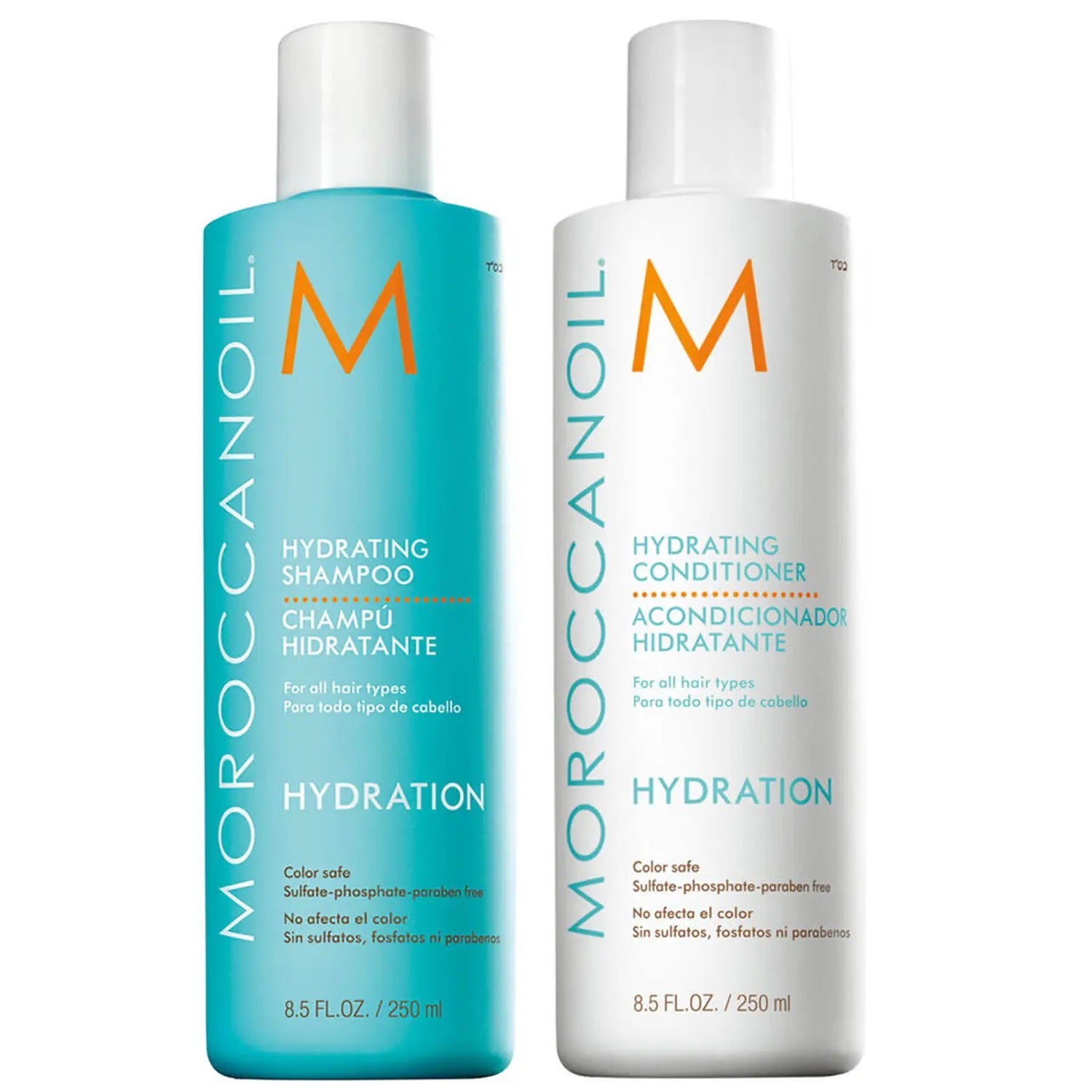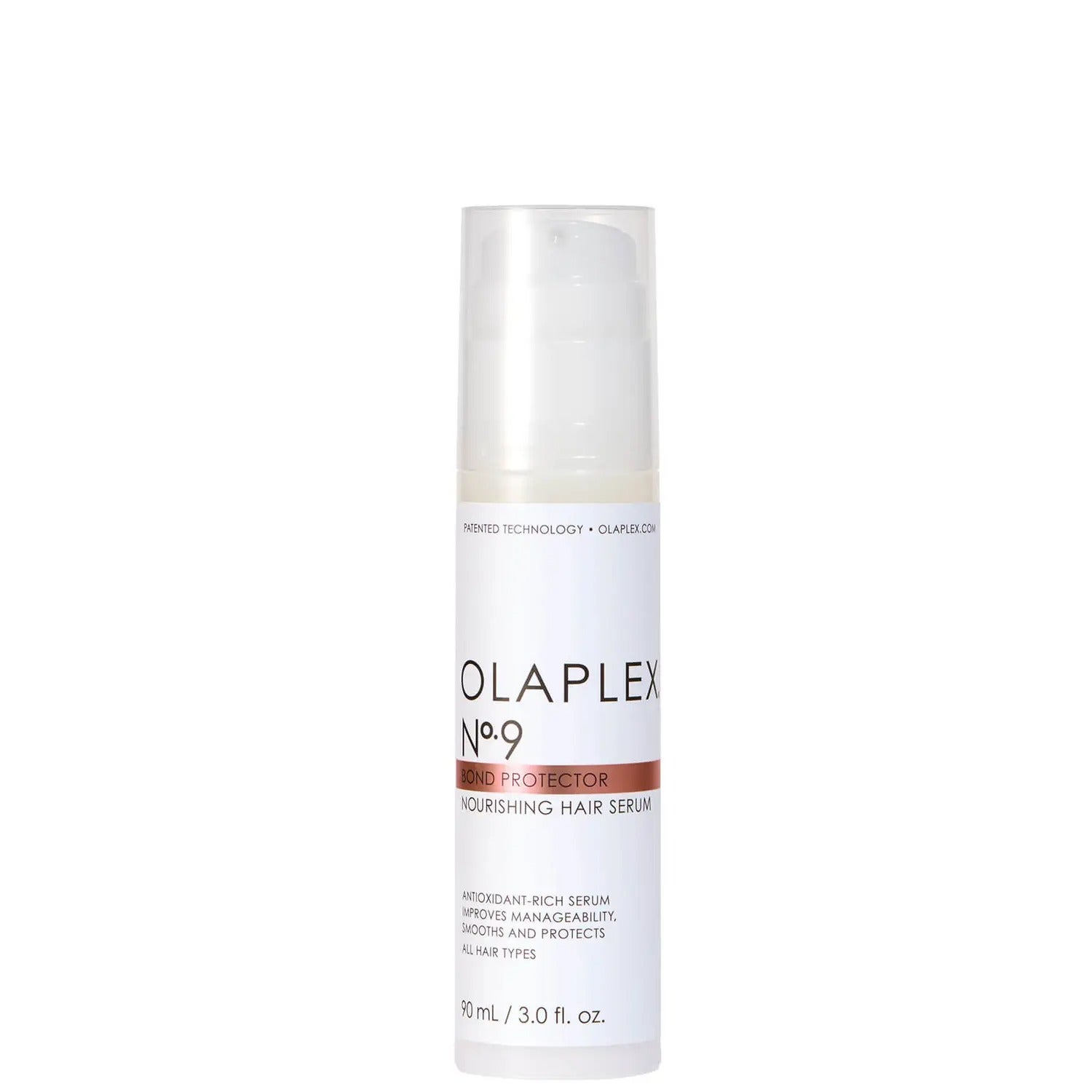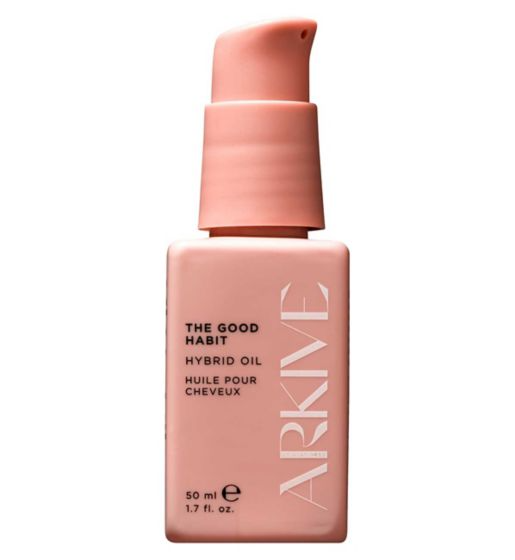Is Your Hair Dry — Or Do You Have Protein Overload?
Photographed by Leia Morrison.
At Refinery29 Australia, we’re here to help you navigate this overwhelming world of stuff. All of our picks are independently selected and curated by the editorial team, but we may earn commission or other compensation from the links on this page.
If your hair is on the thirsty side, you're not alone. Even if you're used to chalking your parched strands up to seasonal temperature changes, freak weather isn't the only thing that might be behind your dry, brittle lengths. With selfie-worthy colour trends like "pearl balayage" and "butter blonde" are taking over salons, you'd be forgiven for overdoing it on the bleach, which is notoriously stripping. But if social media is anything to go by, there could be another reason why your hair feels like straw lately. Enter: protein overload.
AdvertisementADVERTISEMENT
On TikTok, beauty enthusiasts are schooling their followers on the signs of having "too much" protein on the hair's surface. Some put their limp and frizzy curls down to using too many conditioners, leave-in treatments and styling products containing lots of protein, while others pinpoint breakage, a strawlike feel and a lack of shine and definition to waves and curls.
What are proteins for your hair?
Tyler Moore, stylist at Live True London, says that proteins are listed in many ways on ingredient lists. "Some names are hydrolysed collagen, keratin, oat, quinoa and amino acids," he explains. Popular protein-based hair products include the viral K18 Leave-In Molecular Repair Hair Mask, $99.50, and Virtue's equally buzzy Smooth Shampoo, $60. While Olaplex contains some protein, it is not a protein treatment.
The main protein in hair is keratin, which helps to hold strands together, imparting shine and reducing frizz. "Proteins are a type of conditioning agent," says Angela Onuoha, trichologist and Rhyme & Reason ambassador. "They help to condition the hair and every hair type needs them to help protect or temporarily repair the hair."
That's why TikTok's school of thought is a little confusing. Hair products that contain proteins like keratin are meant to improve the strength and condition of your hair, enhancing elasticity and minimising split ends. Is it possible to have too much of a good thing?
AdvertisementADVERTISEMENT
Can you have too much protein in your hair?
The advice is conflicting. Onuoha believes that protein overload inside the hair is nearly impossible. She says it's difficult to replace damaged hair protein using products, because protein in the hair is very unique. In other words, protein in products just ends up forming a film over hair strands, rather than getting right inside. But can this affect the look and feel of the hair on the outside?
What does too much protein look and feel like?
Protein buildup is unlikely to happen on its own, says Moore. Trichologist and hair growth specialist Hannah Gaboardi says it is possible to continuously overuse protein-based hair products, though. If this is the case, your hair might feel dry and look lifeless and dull. It can also be prone to tangling, making it hard to blow-dry, style and manage.
Moore agrees: "Too much protein on top of the hair can prevent water and other products from fully hydrating strands, causing hair to become dry and brittle," he says. "If your hair is dry, brittle and strawlike but this isn't helped by hair treatments and moisturising products, it's likely caused by protein buildup."
Confusingly, it's hard to tell the difference between hair that is dry from excess protein or from damage such as heat styling and bleach, says Moore. Until you apply a bond-repair or moisturising treatment, that is. "If your hair is damaged from heat or colouring, something like Olaplex is likely to improve the texture. If it's excess protein, your hair will still be relatively dry," says Moore.
AdvertisementADVERTISEMENT
How do you get rid of protein buildup in your hair?
Moore and Gaboardi agree that if you're using protein treatments but notice your hair is becoming a lot drier, your best bet might be to lay off them for a while. Both experts suggest investing in a gentle clarifying shampoo to get rid of excess protein on the surface of your strands. R29 rates Ouai Detox Shampoo, $24, or Olaplex No.4C Bond Maintenance Clarifying Shampoo, $54. Gaboardi recommends following with a deep conditioner. Try Dizziak Deep Conditioner, or Hask Argan Oil Repairing Deep Conditioner Sachet, $4.99, both of which make dry hair feel brand-new.
Should you ditch protein hair products altogether?
Not necessarily. If protein hair products are working for you and you're happy with the condition of your hair, that's great. Onuoha says that if you notice your hair feeling dry or brittle or if it breaks off, it's an indication that the hair is in need of moisturising agents. "To help moisturise the hair, I would recommend Rhyme & Reason Nourish & Gloss Shampoo, and Conditioner," says Onuoha. The range is packed with fatty acids and emollients, which keep moisture under lock and key.
If you've got more to spend, you might like Moroccanoil Hydrating Shampoo & Conditioner Duo, $87, which boasts moisturising argan oil and vitamin E. Also try Kérastase Nutritive Bain Satin 2 Shampoo, $54, formulated for very dry hair.
AdvertisementADVERTISEMENT
Always follow up with a leave-in conditioner, adds Onuoha, particularly if your hair is very dry. "It's important to protect the hair by creating a film, and a leave-in conditioner will help you with that."
Lastly, to seal the film, Onuoha would finish off with a hair serum. She likes Argan Oil Smooth Finishing Serum. R29 also loves Olaplex No.9 Bond Protector Nourishing Hair Serum,$54. You can use oils, too. Moore likes jojoba oil in particular, as it helps with hair repair. Try ARKIVE The Good Habit Hybrid Oil, $27.
Want more? Get Refinery29 Australia’s best stories delivered to your inbox each week. Sign up here!
AdvertisementADVERTISEMENT







